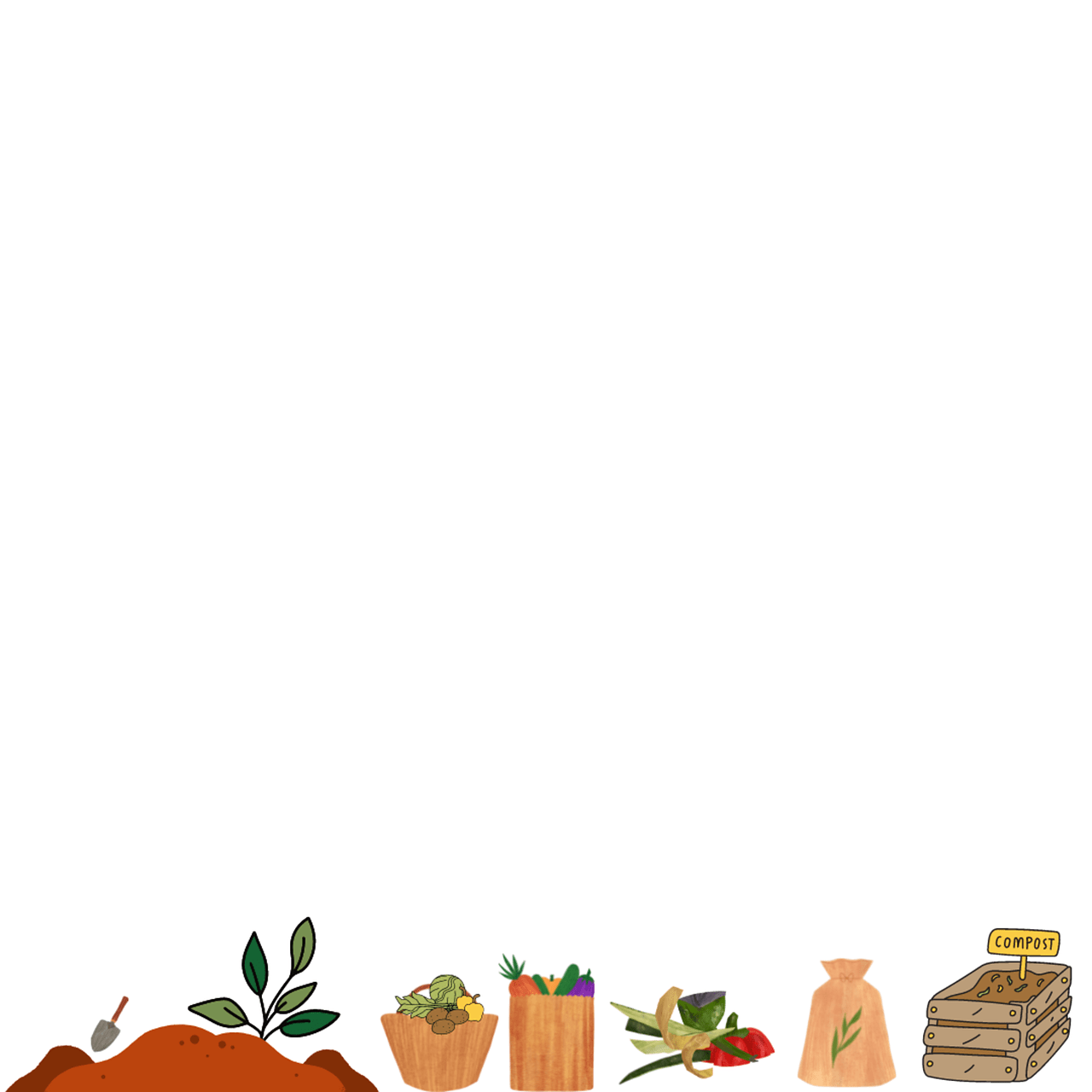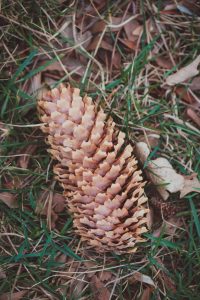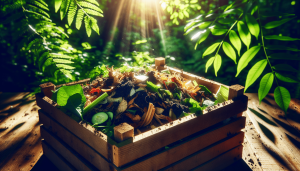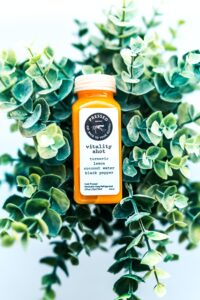In our exploration of composting, a common query many of us encounter is whether we can compost weeds. Indeed, it’s a thoughtful and practical question, as we look to transform garden waste into nutrient-rich soil. In our article, “Can I Compost Weeds?” we delve into the nuances of weed composting, discussing the benefits, potential challenges, and best practices. We’ll also address common concerns about spreading weed seeds and how to ensure our compost remains healthy and effective. Join us as we uncover the secrets to turning those pesky garden invaders into valuable compost for our flourishing gardens. Have you ever found yourself staring at a pile of weeds yanked from your garden and wondered, “Can I compost these?” It’s a common question, and as we tend to our gardens and work hard to maintain their health, the last thing we want is to inadvertently introduce unwanted plant material into our compost bins. Let’s delve into this topic together and figure out the best approach to composting weeds, so we can maintain the balance in our compost piles and ensure our gardens thrive.

What is Composting?
Before we dive into specifics about weeds, let’s make sure we all have an understanding of what composting is. Composting is a natural process that transforms organic materials into a rich, soil-like substance called compost. It’s all about creating an environment where microorganisms can break down those materials, such as kitchen scraps and yard waste, into nutrients that plants need to grow.
Benefits of Composting
Composting provides numerous benefits, both for our gardens and the environment:
- Soil Health: Compost enriches the soil, helping to improve its structure, water retention, and nutrient content.
- Waste Reduction: Composting reduces the amount of organic waste that ends up in landfills.
- Environmental Impact: Reducing landfill waste also means decreasing methane emissions, a potent greenhouse gas.
Understanding Weeds
Weeds often get a bad rap, but they’re simply plants growing where they’re not wanted. Some weeds might be more aggressive than others and can compete with our garden plants for resources. But they can still play a role in composting if handled correctly.
Can I Compost Weeds?
Types of Weeds
Weeds can generally be classified into two categories, and understanding these can help us decide whether and how to compost them:
- Annual Weeds: These weeds complete their life cycle in one year and can produce a significant amount of seeds. Examples include chickweed and crabgrass.
- Perennial Weeds: These live for more than two years and can spread through seeds as well as root systems. Dandelions and bindweed fall into this category.
Weed Characteristics to Consider
When deciding whether to compost weeds, we should consider the following characteristics:
- Seeds and Flowers: Weeds with seeds and flowers can potentially spread if the compost does not reach a high enough temperature to kill them.
- Roots and Rhizomes: Some weeds can regrow from root fragments or rhizomes, so it’s crucial to manage these properly.
Composting Weeds Safely
Now that we understand a bit more about weeds and their potential pitfalls, let’s explore how we can compost them safely without inviting trouble into our gardens.
Hot Composting
Hot composting is a method where the compost pile reaches a high temperature (around 140-160°F). This process kills weed seeds and pathogens, making it safe to include most weeds.
Benefits of Hot Composting
- Kills Weed Seeds: The high temperatures are effective at destroying seeds.
- Fast Decomposition: The process is quicker than cold composting.
- Pathogen Control: It can kill harmful pathogens that might be present in the compost materials.
How to Achieve Hot Composting
- Pile Size: Aim for a compost pile that is at least 3x3x3 feet, as smaller piles may not retain enough heat.
- Material Balance: Maintain a balance of green (nitrogen-rich) and brown (carbon-rich) materials.
- Aeration: Turn the pile regularly to introduce oxygen, which helps maintain high temperatures.
- Moisture: Keep the compost moist but not waterlogged, like a wrung-out sponge.
Cold Composting
Cold composting is a slower process that doesn’t reach the high temperatures necessary to kill weed seeds. However, we can still compost weeds safely with some precautions.
Precautions in Cold Composting
- Seedless Weeds: Only compost weeds that haven’t gone to seed.
- Root Control: Avoid adding weeds with resilient root systems, or ensure they are fully dried out before composting.
Methods to Pre-Treat Weeds for Composting
If you’re concerned about the risks but still want to compost your weeds, there are several pre-treatment methods we can use to make them safer for the compost pile.
Solarization
Solarization involves using the sun’s heat to kill weeds and their seeds. This process can be done by placing weeds in a clear plastic bag and leaving it in the sun for a few weeks.
Steps for Solarization
- Bag the Weeds: Place weeds (preferably dry) in a clear plastic bag.
- Seal the Bag: Close the bag tightly to trap heat and moisture.
- Leave in Sun: Place the bag in a sunny spot for at least 2-3 weeks.
Drowning
Drowning weeds in water can help break down their tough tissues and kill seeds. This method requires a container with a lid to avoid unpleasant smells.
Steps for Drowning
- Container Setup: Fill a container (like a plastic bin) with water.
- Add Weeds: Submerge the weeds fully in the water.
- Cover: Put a lid on the container and leave it for a month or until the weeds are fully decomposed.
Drying
Drying weeds out is another simple method to ensure that they do not regrow when composted.
Steps for Drying
- Spread Weeds: Spread the weeds out in a thin layer in a sunny, dry spot.
- Allow to Dry: Leave them until they are completely dried out and brittle.

Common Composting Mistakes to Avoid
Composting can seem straightforward, but there are common mistakes that we should avoid to ensure we get the best results.
Improper Balance of Materials
A good compost pile requires a balance of green (nitrogen-rich) and brown (carbon-rich) materials. Too much of one can slow down the process.
| Green Materials (Nitrogen-Rich) | Brown Materials (Carbon-Rich) |
|---|---|
| Grass clippings | Dry leaves |
| Vegetable scraps | Straw or hay |
| Coffee grounds | Shredded paper |
| Green plant trimmings | Wood chips |
Lack of Aeration
Not turning the compost pile regularly can lead to a lack of oxygen, causing the pile to become anaerobic and smelly. Make sure we turn the pile every couple of weeks.
Overwatering or Underwatering
The compost pile should be moist, but not soaking wet. Too much water can drown the microorganisms, while too little can slow down their activity. Aim for a moisture level similar to a wrung-out sponge.
Troubleshooting Common Composting Problems
Even with the best practices, composting can sometimes present challenges. Let’s address a few common problems we might encounter.
Foul Odors
Unpleasant smells usually indicate that the compost pile has gone anaerobic or there is too much green material.
Solutions
- Add more brown material to absorb excess moisture.
- Turn the pile to introduce more oxygen.
Slow Decomposition
If the compost pile is decomposing too slowly, it might not have the right conditions for microbial activity.
Solutions
- Check the balance of green and brown materials.
- Ensure the pile is moist but not waterlogged.
- Turn the pile more frequently to introduce air.
Presence of Pests
Pests, such as rodents or insects, can be attracted to the compost pile if not managed properly.
Solutions
- Avoid adding meat, dairy, or oily foods to the pile.
- Ensure scraps are buried within the pile to deter pests.

Using Finished Compost
Once we’ve successfully composted our plant material, including weeds, it’s time to use that nutrient-rich compost in our gardens.
Applying Compost
Compost can be used in various ways to benefit our garden soil:
| Application Method | Benefits | How to Apply |
|---|---|---|
| Top Dressing | Adds nutrients to the soil surface, improves soil structure | Spread a layer of compost on top of the soil around plants |
| Soil Amendment | Enhances soil quality before planting | Mix compost into the top 6-12 inches of garden soil |
| Mulch | Retains moisture, suppresses weeds | Apply a 2-3 inch layer around plants, leaving space around the stems |
Storing Excess Compost
If we produce more compost than we can immediately use, store it properly to keep it in good condition.
| Storage Method | Tips |
|---|---|
| Piles | Cover with a tarp to protect from rain |
| Bins | Use bins with ventilation to prevent excess moisture |
Conclusion
Composting weeds might seem tricky at first, but with the right knowledge and techniques, it can be done safely and effectively. By using methods like hot composting, pre-treating weeds, and avoiding common composting mistakes, we can transform our yard waste into a valuable resource for our gardens. Remember, the goal is to create a balanced compost pile that supports healthy microbial activity and produces nutrient-rich compost that benefits our plants. So, the next time we find ourselves with a handful of weeds, let’s compost them with confidence, knowing we’re on the right path to sustainable gardening.
Happy composting, friends!



